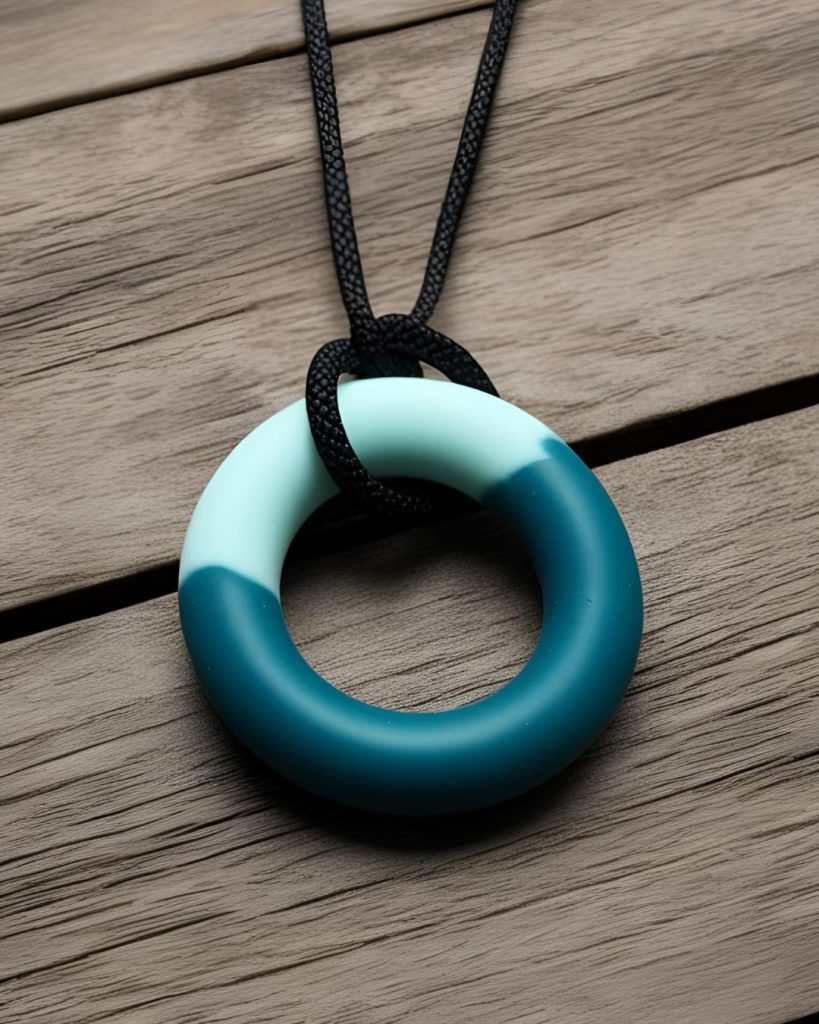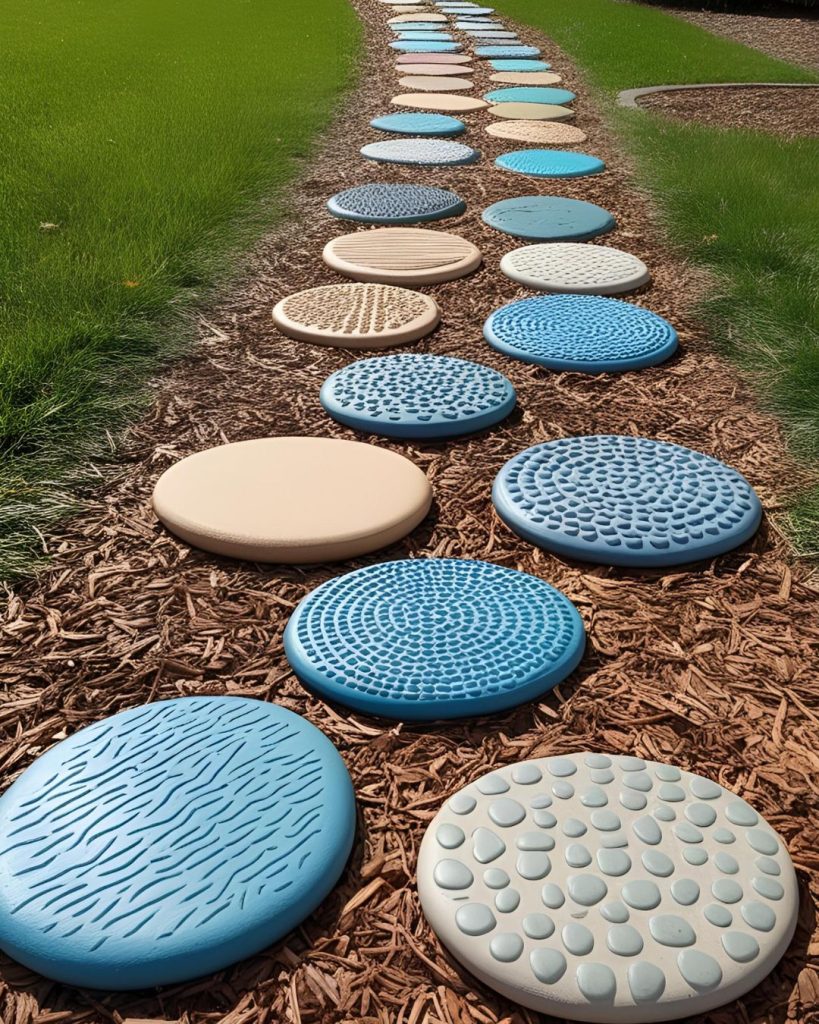- 01753 373 244 | 0800 999 1342 (Mon-Fri 9am-5pm)
- gems.4health@nhs.net
When we say diet we usually think of eating. However a sensory diet is not about food, it’s a personalised schedule of different sensory activities, both stimulating and grounding. These are usually spaced through the day and are designed to help children feel calm, focused, and regulated. The term was first coined by occupational therapist Patricia Wilbarger in the 90’s, and it refers to providing the “just right” amount of sensory input each individual needs to function at their best.


Neurodivergent children can often process sensory information differently. Some may be hypersensitive meaning they are more easily overwhelmed by sights, sounds, textures, or movements. Whilst others may be hyposensitive meaning they seek out more intense sensory input). Regardless of which type a child is, when sensory needs aren’t met, this can lead to children struggling with focus, emotional regulation, behaviour, and even physical coordination. A sensory diet helps manage these challenges by proactively offering sensory activities that support self-regulation, reduce anxiety, and improves focus. They can also be used to increase tolerance of challenging sensory experiences.
A sensory diet is highly individualised. It is typically developed with the help of an occupational therapist, who assesses the child’s unique sensory needs, preferences, and triggers. The plan includes a variety of activities-some stimulating, some calming-scheduled at regular intervals or used as needed to help the child maintain an optimal level of alertness and comfort. They will often span across all the senses. (See our articles on the 8 senses here: 8 Senses and autism – Gems4health and 8 Senses and ADHD – Gems4health)
Examples of Sensory Diet Activities
You can work with your child to identify which activities help them feel more organised and grounded. It may also help to identify any activities that might be overwhelming or unhelpful.
A sensory diet can be a powerful tool for supporting autistic and ADHD children in navigating a world that can often feel overwhelming or under-stimulating. By providing the right sensory input at the right times, you can help your child feel more comfortable, confident, and ready to learn and play. Every child is unique, what works for one may not work for another, so patience and flexibility are essential on this journey.
